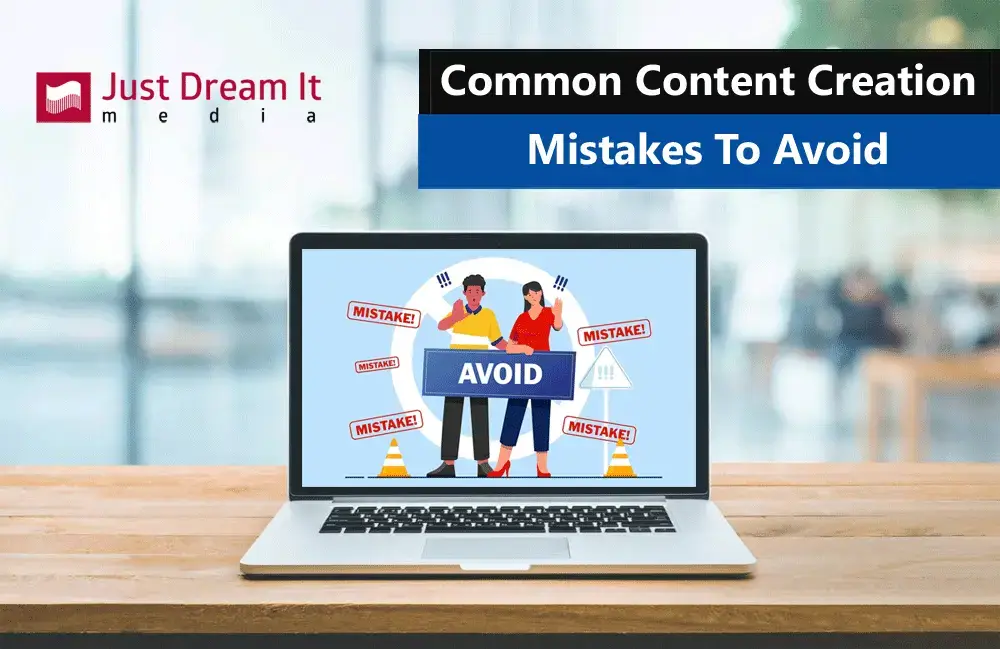Content creation has become an essential part of digital marketing strategies. With the rise of social media and search engines, businesses are looking to create high-quality content to engage with their audience and attract new customers.
However, content creation is not as simple as it may seem. There are many common mistakes that beginners make, and these can have a negative impact on their content’s success. In this article, we will discuss the most common content creation mistakes to avoid, and provide tips and real-life examples for beginners.
Not Understanding Your Audience

One of the most important aspects of content creation is understanding your audience. You need to know who they are, what they like, and what problems they are trying to solve. Without this understanding, your content will not be relevant or engaging, and you may struggle to attract and retain an audience.
To avoid this mistake, you should start by creating buyer personas. These are fictional representations of your ideal customers, and they should include details such as age, gender, interests, job title, and pain points. Once you have your buyer personas, you can create content that speaks directly to them.
For example, if you are a fitness instructor, your buyer personas may include young professionals who are looking to improve their health and fitness. You could create content that addresses their specific pain points, such as how to fit exercise into a busy schedule, or how to eat healthily on a budget.
Not Having a Content Strategy
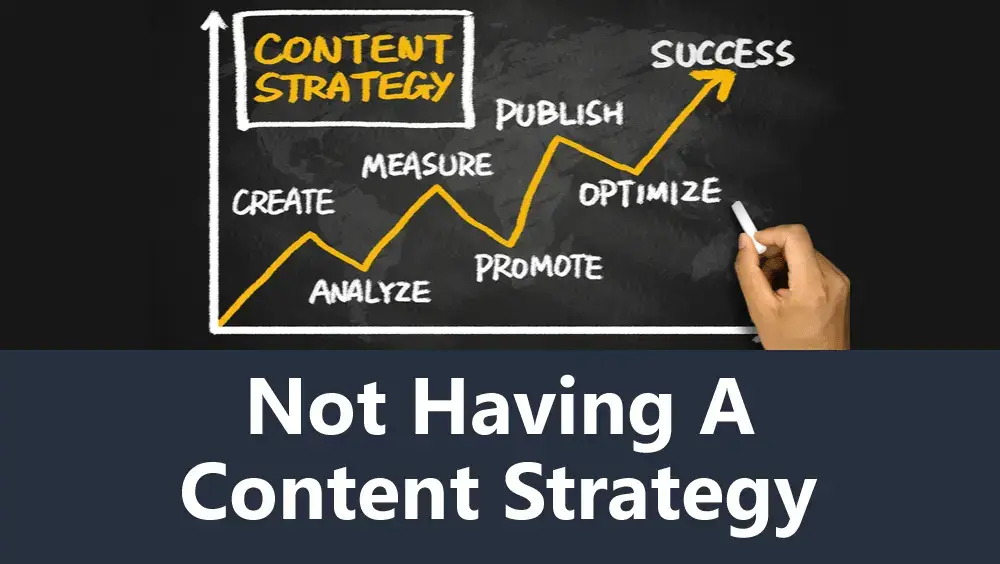
Another common mistake is not having a content strategy. A content strategy is a plan for creating, publishing, and managing your content. It helps you to stay organized and focused, and ensures that your content is aligned with your business goals.
To create a content strategy, you should start by defining your objectives. What do you want to achieve with your content? Is it to increase brand awareness, generate leads, or educate your audience? Once you have your objectives, you can start to create a plan for achieving them.
For example, if your objective is to increase brand awareness, your content strategy may include creating shareable social media posts, writing guest blog posts, and collaborating with influencers in your industry.
Poorly Written Content

Poorly written content is a common mistake that can have a significant impact on your audience’s perception of your brand. Content that is riddled with spelling and grammar errors, or is difficult to read, will quickly turn off readers and damage your credibility.
To avoid this mistake, you should take the time to proofread your content carefully. Use tools such as Grammarly or Hemingway to check for spelling and grammar errors, and read your content out loud to ensure that it flows smoothly.
For example, if you are writing a blog post about your latest product, take the time to proofread it carefully before publishing. You could also ask a friend or colleague to review it for you, as a fresh pair of eyes can often spot errors that you may have missed.
Not Optimizing for SEO

Search engine optimization (SEO) is essential for ensuring that your content is visible and discoverable online. However, many beginners make the mistake of neglecting SEO, which can make it difficult for their content to rank on search engines.
To avoid this mistake, you should start by conducting keyword research. This involves identifying the keywords and phrases that your audience is searching for, and incorporating them into your content. You should also optimize your content’s meta titles and descriptions, as these are what will appear in search engine results pages.
For example, if you are a wedding photographer, your target keywords may include “wedding photography,” “bridal portraits,” and “engagement photos.” You could incorporate these keywords into your website copy, blog posts, and social media captions to help improve your SEO and attract more clients to your website.
Ignoring Visual Content
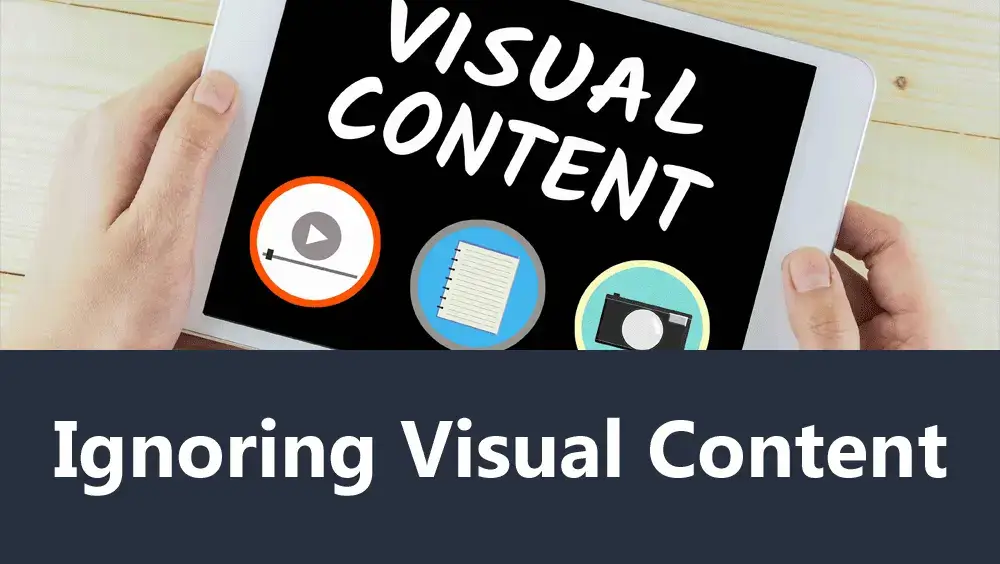
Visual content is becoming increasingly important in content creation. Many beginners make the mistake of neglecting visual content, but this can be a costly mistake. Visual content, such as images, infographics, and videos, can help to engage your audience and make your content more shareable.
To avoid this mistake, you should start by incorporating visual content into your content creation process. For example, you could use images to break up text, create infographics to present data, and create videos to demonstrate your products or services.
For example, if you are a social media marketer, you could create a series of images that illustrate your tips for creating effective social media posts. You could also create an infographic that breaks down the demographics of different social media platforms.
Not Promoting Your Content
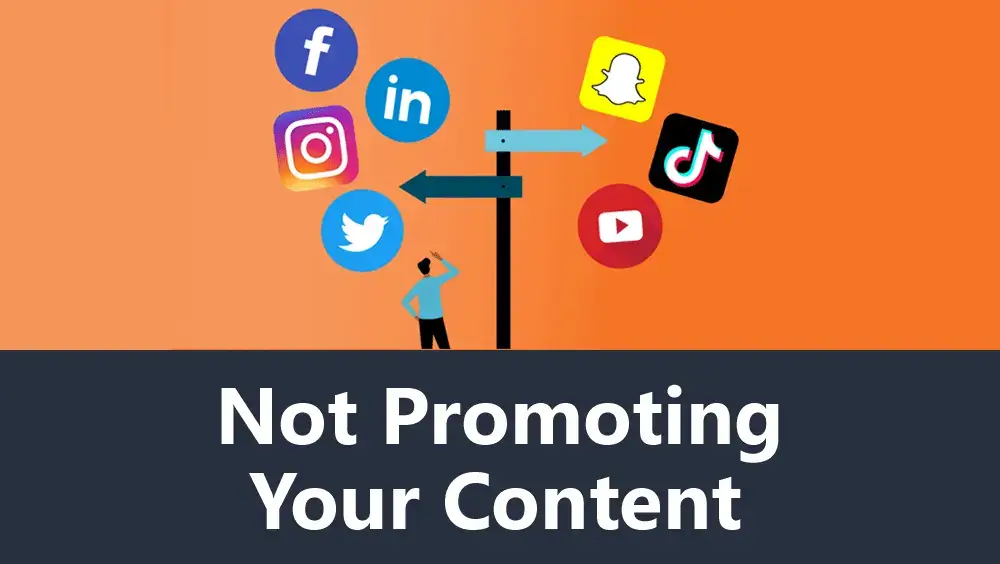
Creating great content is only half the battle. You also need to promote your content if you want it to be seen by your target audience. Many beginners make the mistake of neglecting content promotion, which can limit the reach and impact of their content.
To avoid this mistake, you should create a content promotion plan. This could include sharing your content on social media, reaching out to influencers and bloggers in your industry, and using paid advertising to increase your content’s reach.
For example, if you are a travel blogger, you could share your latest blog post on social media, create a Facebook ad targeting people interested in travel, and reach out to travel bloggers for a potential collaboration.
Focusing Too Much on Quantity Over Quality

Many beginners make the mistake of focusing too much on quantity over quality. While it’s important to publish content regularly, publishing low-quality content just for the sake of meeting a quota will do more harm than good.
To avoid this mistake, you should focus on creating high-quality content that is relevant and engaging to your audience. This may mean publishing less frequently, but your audience will appreciate the value of your content.
For example, if you are a fitness blogger, you could publish a weekly blog post that is well-researched and provides valuable information to your audience. This is better than publishing daily blog posts that are poorly written and have little value to your readers.
Not Diversifying Your Content

Another common mistake is not diversifying your content. While blog posts are a great way to create content, they are not the only format available. Diversifying your content can help you to reach new audiences and keep your existing audience engaged.
To avoid this mistake, you should consider creating different types of content, such as videos, podcasts, and infographics. You could also experiment with different formats, such as long-form blog posts, listicles, and how-to guides.
For example, if you are a beauty blogger, you could create a video tutorial on how to apply makeup, a podcast on the latest beauty trends, and an infographic that breaks down the ingredients in different skincare products.
Not Repurposing Old Content
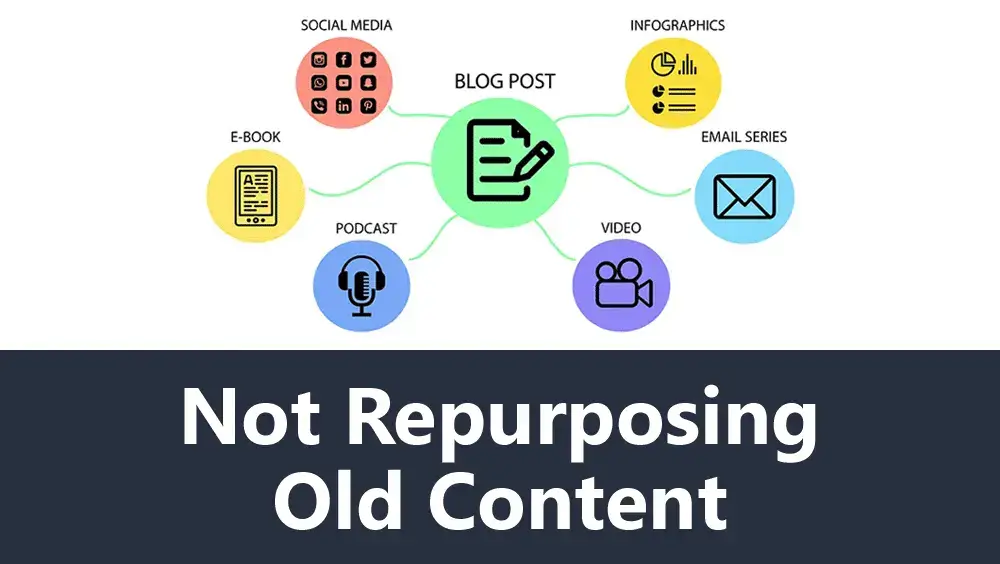
Repurposing old content is a great way to get more mileage out of your existing content. Many beginners make the mistake of creating new content from scratch, when they could be repurposing old content and reaching new audiences.
To avoid this mistake, you should start by reviewing your existing content and identifying pieces that could be repurposed. You could turn a blog post into a video, or create an infographic from data presented in a previous report.
For example, if you are a real estate agent, you could turn a blog post on the latest housing trends into a video, or create an infographic that presents data from your latest market report.
Not Tracking Your Metrics

Tracking your metrics is essential for understanding how your content is performing and making informed decisions about future content creation. Many beginners make the mistake of neglecting metrics, which can make it difficult to measure the success of their content.
To avoid this mistake, you should start by defining your metrics. What do you want to measure? Is it website traffic, engagement rates, or sales? Once you have defined your metrics, you can use tools such as Google Analytics to track them over time.
For example, if you are a freelance writer, you could track the number of visitors to your website, the engagement rates on your social media posts, and the number of leads generated through your content.
Not Engaging with Your Audience

Engaging with your audience is essential for building a relationship with them and keeping them engaged with your brand. Many beginners make the mistake of neglecting audience engagement, which can make it difficult to build a loyal following.
To avoid this mistake, you should start by creating opportunities for your audience to engage with your content. This could include asking questions in your blog posts, responding to comments on social media, and running polls and surveys.
For example, if you are a food blogger, you could ask your audience to share their favorite recipes, respond to comments on your Instagram posts, and run a poll asking your audience which cuisine they would like to see more of.
Not Keeping Up with Trends
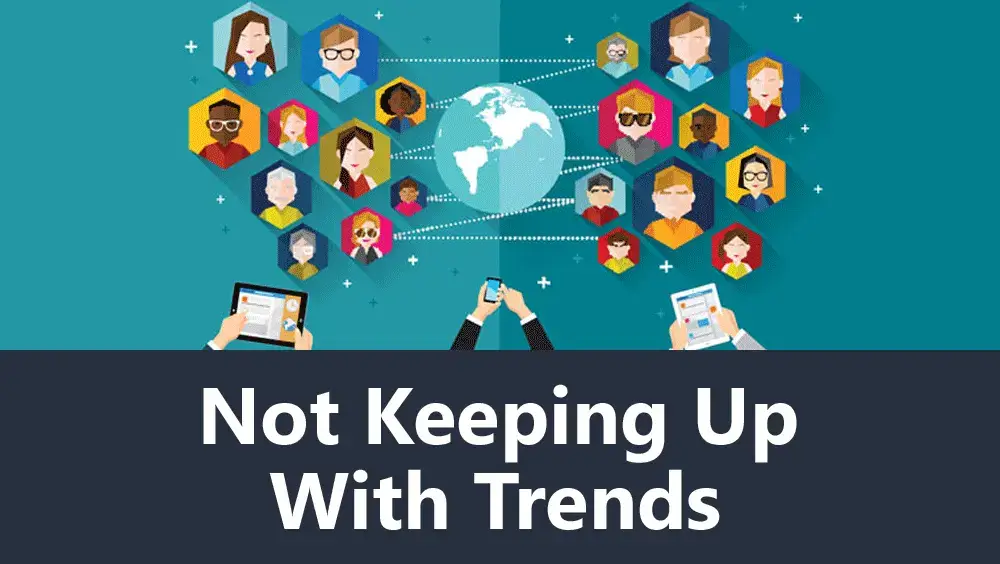
Keeping up with trends is essential for creating relevant and engaging content. Many beginners make the mistake of neglecting trends, which can make their content feel outdated and irrelevant.
To avoid this mistake, you should stay up to date with the latest trends in your industry. This could include following relevant hashtags on social media, attending industry events, and subscribing to industry newsletters.
For example, if you are a fashion blogger, you could follow the latest fashion trends on Instagram, attend fashion shows and events, and subscribe to fashion magazines and newsletters.
Not Collaborating with Others

Collaborating with others is a great way to create high-quality content and reach new audiences. Many beginners make the mistake of working in isolation, when they could be collaborating with other creators and businesses in their industry.
To avoid this mistake, you should start by reaching out to other creators and businesses in your industry. This could include collaborating on a blog post or video, or running a joint social media campaign.
For example, if you are a graphic designer, you could collaborate with a copywriter to create a blog post that showcases your joint expertise. You could also reach out to other businesses in your industry for potential collaborations.
Not Allowing for Feedback
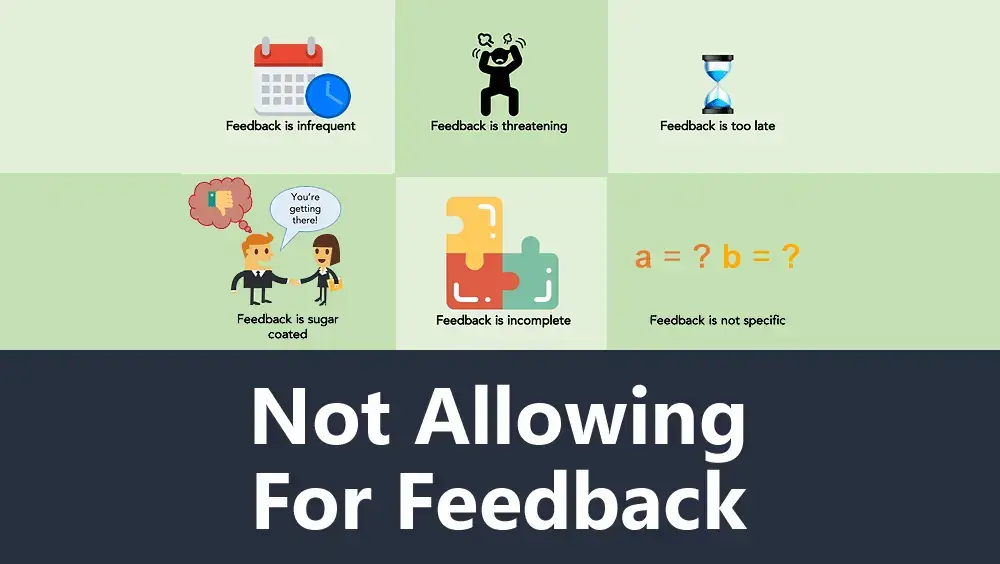
Allowing for feedback is essential for improving your content and building a loyal audience. Many beginners make the mistake of not allowing for feedback, which can make it difficult to improve their content over time.
To avoid this mistake, you should start by creating opportunities for your audience to provide feedback. This could include adding a comment section to your blog posts, running surveys and polls, and responding to feedback on social media.
For example, if you are a YouTuber, you could encourage your audience to leave comments on your videos, and respond to feedback by creating content that addresses their specific questions and concerns.
Not Being Consistent
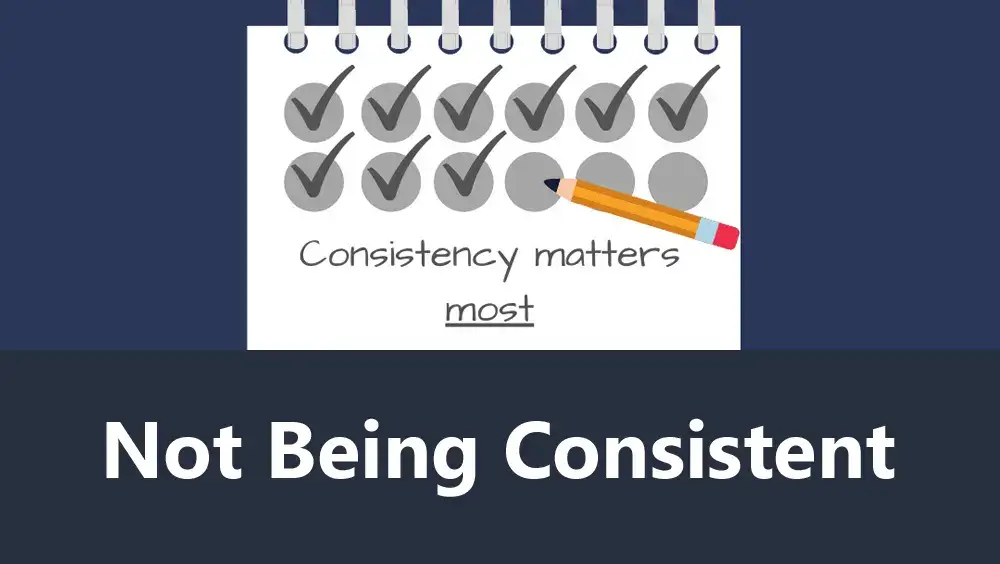
Consistency is key when it comes to content creation. Many beginners make the mistake of publishing content sporadically, when they could be creating a consistent schedule that their audience can rely on.
To avoid this mistake, you should create a content calendar that outlines your publishing schedule. This could include blog posts, social media updates, and email newsletters. You should also aim to publish content at regular intervals, whether that’s once a week, twice a month, or once a day.
For example, if you are a business coach, you could create a content calendar that outlines your blog post schedule, social media updates, and email newsletters. You could aim to publish a new blog post every two weeks, and send out a monthly newsletter to your email subscribers.

Content creation is a critical component of any digital marketing strategy. However, there are many common mistakes that beginners make, which can have a negative impact on their content’s success. By understanding your audience, having a content strategy, creating high-quality content, optimizing for SEO, and engaging with your audience, you can avoid these mistakes and create content that resonates with your target audience.
Remember to stay up to date with the latest trends, collaborate with others in your industry, and allow for feedback. And above all, be consistent in your content creation efforts. By following these tips and real-life examples, you can create engaging and successful content that helps to grow your brand and connect with your audience.

The main points covered in the article include:
- Understanding Your Audience: This section discusses the importance of understanding your audience and how to create buyer personas to create content that speaks directly to them. It provides a real-life example of a fitness instructor and how they can create content that addresses their audience’s specific pain points.
- Having a Content Strategy: This section discusses the importance of having a content strategy and how to create a plan for creating, publishing, and managing your content. It provides a real-life example of a business looking to increase brand awareness and how they can create a content strategy that includes creating shareable social media posts, writing guest blog posts, and collaborating with influencers.
- Poorly Written Content: This section discusses the impact of poorly written content on your audience’s perception of your brand and provides tips on how to proofread your content carefully. It provides a real-life example of a blogger and how they can proofread their blog posts before publishing.
- Not Optimizing for SEO: This section discusses the importance of optimizing your content for search engines and how to conduct keyword research to incorporate relevant keywords and phrases into your content. It provides a real-life example of a wedding photographer and how they can optimize their website copy, blog posts, and social media captions to attract more clients.
- Ignoring Visual Content: This section discusses the importance of visual content in content creation and how to incorporate images, infographics, and videos to engage your audience and make your content more shareable. It provides a real-life example of a social media marketer and how they can create different types of visual content to present their tips for creating effective social media posts.
- Not Promoting Your Content: This section discusses the importance of promoting your content and how to create a content promotion plan that includes sharing your content on social media, reaching out to influencers and bloggers, and using paid advertising. It provides a real-life example of a travel blogger and how they can promote their latest blog post on social media, create a Facebook ad targeting people interested in travel, and reach out to other travel bloggers for a potential collaboration.
- Focusing Too Much on Quantity Over Quality: This section discusses the importance of creating high-quality content that is relevant and engaging to your audience, rather than publishing low-quality content just for the sake of meeting a quota. It provides a real-life example of a fitness blogger and how they can publish a weekly blog post that is well-researched and provides valuable information to their audience.
- Not Diversifying Your Content: This section discusses the importance of diversifying your content and how to create different types of content, such as videos, podcasts, and infographics. It provides a real-life example of a beauty blogger and how they can create a video tutorial on how to apply makeup, a podcast on the latest beauty trends, and an infographic that breaks down the ingredients in different skincare products.
- Not Repurposing Old Content: This section discusses the importance of repurposing old content and how to turn a blog post into a video, or create an infographic from data presented in a previous report. It provides a real-life example of a real estate agent and how they can turn a blog post on the latest housing trends into a video, or create an infographic that presents data from their latest market report.
- Not Tracking Your Metrics: This section discusses the importance of tracking your metrics and how to define your metrics, use tools such as Google Analytics to track them over time, and make informed decisions about future content creation. It provides a real-life example of a freelance writer and how they can track the number of visitors to their website, engagement rates on their social media posts, and the number of leads generated through their content.
- Not Engaging with Your Audience: This section discusses the importance of engaging with your audience and how to create opportunities for your audience to engage with your content. It provides a real-life example of a food blogger and how they can ask their audience to share their favorite recipes, respond to comments on their Instagram posts, and run a poll asking their audience which cuisine they would like to see more of.
- Not Keeping Up with Trends: This section discusses the importance of keeping up with the latest trends in your industry and how to follow relevant hashtags on social media, attend industry events, and subscribe to industry newsletters. It provides a real-life example of a fashion blogger and how they can follow the latest fashion trends on Instagram, attend fashion shows and events, and subscribe to fashion magazines and newsletters.
- Not Collaborating with Others: This section discusses the importance of collaborating with other creators and businesses in your industry and how to reach out to them for potential collaborations. It provides a real-life example of a graphic designer and how they can collaborate with a copywriter to create a blog post that showcases their joint expertise.
- Not Allowing for Feedback: This section discusses the importance of allowing for feedback and how to create opportunities for your audience to provide feedback. It provides a real-life example of a YouTuber and how they can encourage their audience to leave comments on their videos, and respond to feedback by creating content that addresses their specific questions and concerns.
- Not Being Consistent: This section discusses the importance of consistency in content creation and how to create a content calendar that outlines your publishing schedule. It provides a real-life example of a business coach and how they can create a content calendar that outlines their blog post schedule, social media updates, and email newsletters.
Overall, the article emphasizes the importance of understanding your audience, having a content strategy, creating high-quality content, optimizing for SEO, engaging with your audience, and being consistent in your content creation efforts. By avoiding the common mistakes discussed in the article and implementing the tips and real-life examples provided, beginners can create engaging and successful content that helps to grow their brand and connect with their audience.
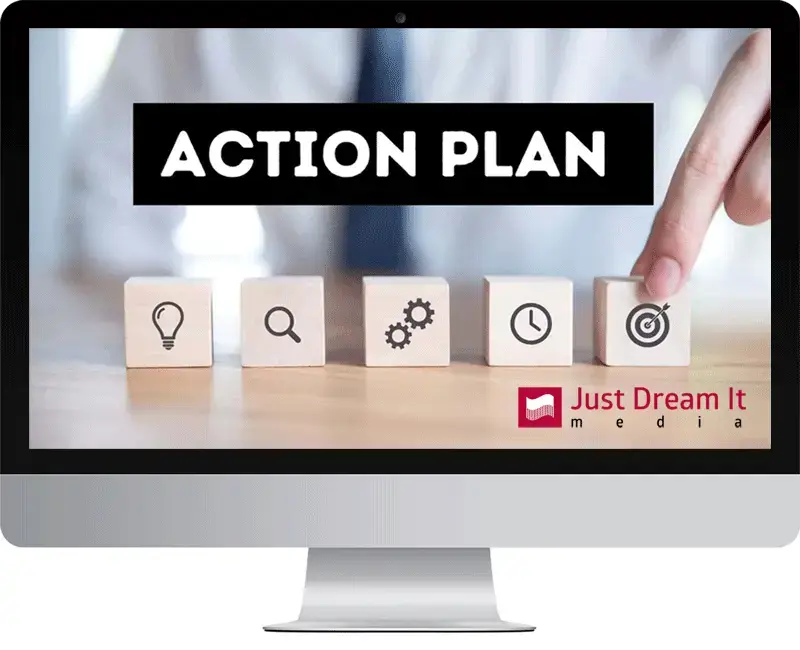
Based on the tips and real-life examples provided in the article “Common Content Creation Mistakes to Avoid: Tips and Real-Life Examples for Beginners,” the following action plan can be created:
1. Define your audience: Create buyer personas to understand your audience’s needs, preferences, and pain points.
2. Create a content strategy: Develop a plan for creating, publishing, and managing your content, including a content calendar and promotion plan.
3. Write high-quality content: Use proper grammar and proofread your content carefully to avoid mistakes and improve readability.
4. Optimize for SEO: Conduct keyword research and incorporate relevant keywords and phrases into your content to increase visibility and attract more traffic.
5. Use visual content: Incorporate images, infographics, and videos to make your content more engaging and shareable.
6. Promote your content: Share your content on social media, reach out to influencers and bloggers, and use paid advertising to attract more traffic and leads.
7. Focus on quality over quantity: Create high-quality content that is relevant and engaging to your audience, rather than publishing low-quality content just for the sake of meeting a quota.
8. Diversify your content: Create different types of content, such as videos, podcasts, and infographics, to attract different audiences and keep your content fresh and interesting.
9. Repurpose old content: Turn old blog posts into videos or infographics to present the same information in a different format.
10. Track your metrics: Use tools such as Google Analytics to track metrics such as website traffic, engagement rates, and leads generated through your content.
11. Engage with your audience: Create opportunities for your audience to engage with your content, such as by asking questions, responding to comments, and running polls and surveys.
12. Keep up with trends: Stay up to date with the latest trends in your industry by following relevant hashtags on social media, attending industry events, and subscribing to industry newsletters.
13. Collaborate with others: Reach out to other creators and businesses in your industry for potential collaborations and to create high-quality content.
14. Allow for feedback: Create opportunities for your audience to provide feedback and use it to improve your content over time.
15. Be consistent: Create a content calendar and publish content at regular intervals to build a loyal audience that relies on your content.
By following this action plan, beginners can avoid common content creation mistakes and create engaging and successful content that helps to grow their brand and connect with their audience.

Here are 10 frequently asked questions with answers related to content creation:
1. What is content creation?
Content creation refers to the process of producing and sharing valuable, relevant, and consistent content with the aim of attracting and retaining a clearly defined audience.
2. What are some common content creation mistakes to avoid?
Some common content creation mistakes to avoid include not understanding your audience, not having a content strategy, creating poorly written content, neglecting SEO optimization, ignoring visual content, not promoting your content, focusing too much on quantity over quality, not diversifying your content, not repurposing old content, not tracking your metrics, not engaging with your audience, not keeping up with trends, not collaborating with others, and not allowing for feedback.
3. What is a content strategy?
A content strategy is a plan for creating, publishing, and managing content that aligns with your overall marketing goals and targets your audience’s specific needs and preferences.
4. How do I optimize my content for SEO?
To optimize your content for SEO, you should conduct keyword research and incorporate relevant keywords and phrases into your content, use descriptive headings and subheadings, include internal and external links, use meta descriptions and alt tags, and ensure that your website is mobile-friendly and loads quickly.
5. How can I create engaging visual content?
You can create engaging visual content by using high-quality images, creating infographics, producing videos, and using interactive elements such as quizzes and surveys.
6. How do I promote my content?
To promote your content, you should share it on social media, reach out to influencers and bloggers, use paid advertising, and participate in online communities and forums.
7. What are some metrics I should track to measure the success of my content?
Some metrics you should track to measure the success of your content include website traffic, engagement rates, social media shares and likes, leads generated, and sales.
8. What is the best way to engage with my audience?
The best way to engage with your audience is to create opportunities for them to interact with your content, such as by asking questions, responding to comments, and running polls and surveys.
9. How can I stay up to date with the latest trends in my industry?
You can stay up to date with the latest trends in your industry by following relevant hashtags on social media, attending industry events, subscribing to industry newsletters, and reading blogs and publications in your field.
10. How can I repurpose old content?
You can repurpose old content by turning blog posts into videos or infographics, creating slideshows, updating statistics and data, or creating a series of social media posts that highlight the main points of your original content.
Conclusion
In summary, the article “Common Content Creation Mistakes to Avoid: Tips and Real-Life Examples for Beginners” provides valuable insights into the most common mistakes that beginners make in content creation and how to avoid them. The article emphasizes the importance of understanding your audience, having a content strategy, creating high-quality content, optimizing for SEO, engaging with your audience, and being consistent in your content creation efforts. The article provides real-life examples that demonstrate how these principles can be applied to different industries and types of content.
In conclusion, content creation is a critical component of any digital marketing strategy, and by avoiding the common mistakes discussed in the article and implementing the tips and real-life examples provided, beginners can create engaging and successful content that helps to grow their brand and connect with their audience. By staying up to date with the latest trends, collaborating with others in their industry, and allowing for feedback, beginners can create valuable and informative content that resonates with their target audience. Ultimately, by following the tips and advice presented in this article, beginners can create high-quality content that helps to build their brand, attract new customers, and achieve their marketing goals.

